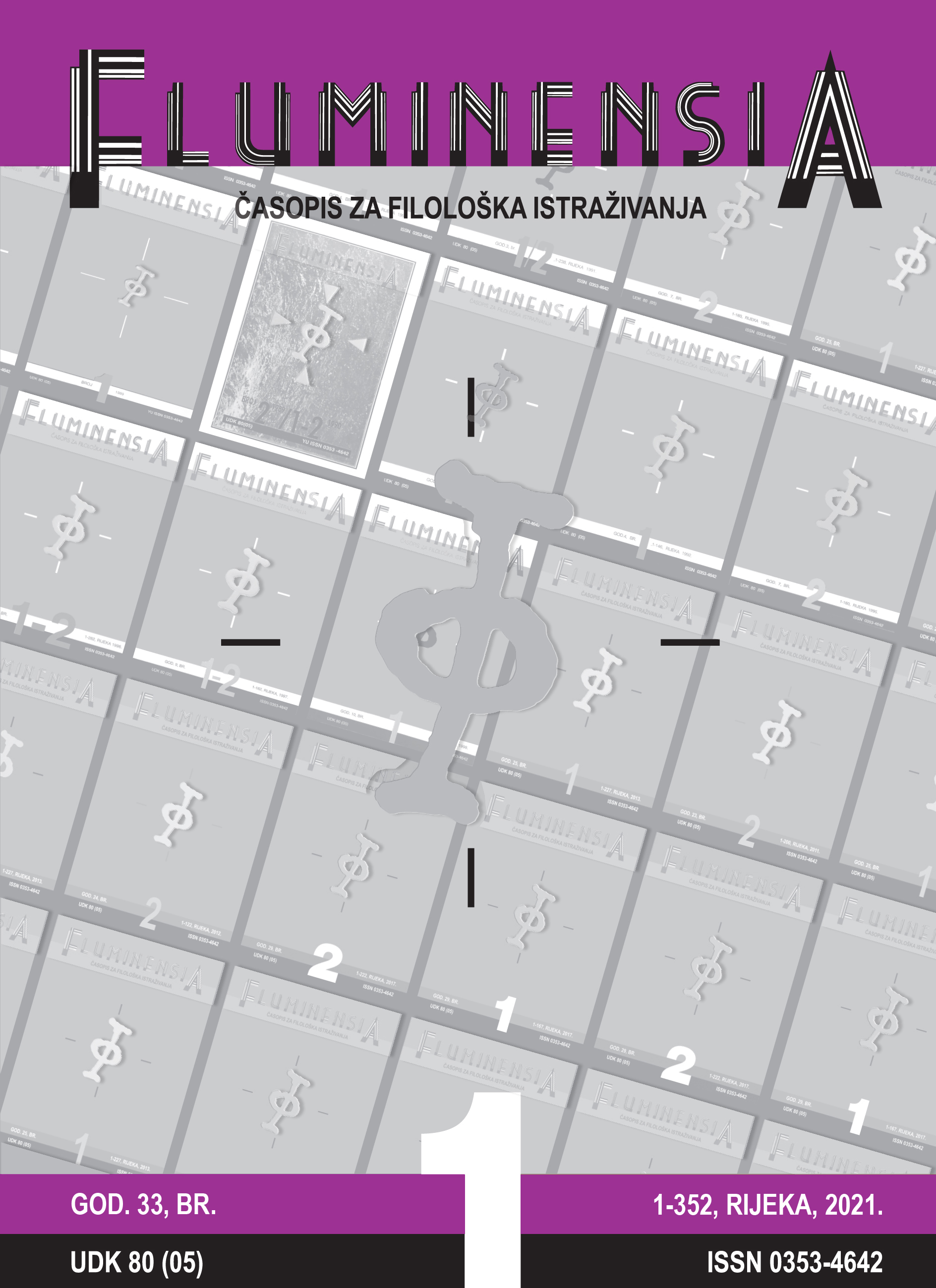PREVERBAL MODIFICATORS OF DIRECTION IN HUNGARIAN AS A FOREIGN LANGUAGE – IN THE CONTEXT OF THE CROATIAN LANGUAGE
Keywords:
preverbal modificators, prefixes of direction, Hungarian as a foreign language, second language acquisitionAbstract
The use of preverbal modificators in Hungarian as a foreign language (HFL) causes a lot of difficulties that have been discussed in many papers in the past few decades. Although verbal constructions with preverbal modificators of direction do not seem to involve a complicated process of creating verbal phrases (because of their morphosemantic transparency), still, students of HFL have problems even in this respect: either they tend to omit the proper directional preverbal modificator, or they use a wrong one, in many verbal forms. We conducted a research by testing students of HFL (intermediate and upper level of proficiency). They were asked to translate sentences from Croatian into Hungarian (first part), and to complete Hungarian sentences with preverbal modificators (second part). The results have revealed that students use directional preverbal modificators more appropriately (adequate to the event structure) in cases when a matching pattern (modificator + verb) exists in the Croatian language. The results have also revealed that there is a relevant difference between the proper use of certain directional modificators: ÁT- (‘across’, through’) was by far the less appropriately used modificator, while BE- (‘into’) and KI- (‘out’) seemed easier to use. We also found that the modificator EL- (‘away’) was the most frequent wrong answer in the test.

